
LANCE Ultra Anti-Phospho-4EBP1 (Thr37/46) Antibody, 15,625 Assay Points
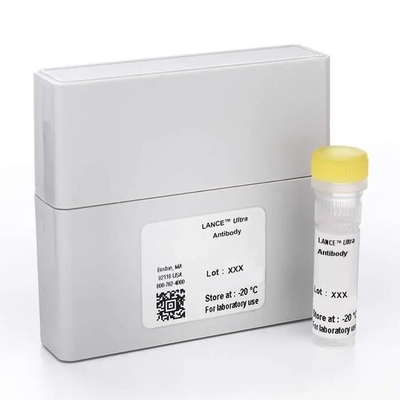
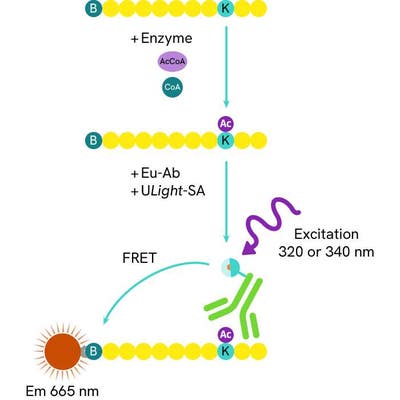
LANCE Ultra Anti-Phospho-4EBP1 (Thr37/46) Antibody, 15,625 Assay Points
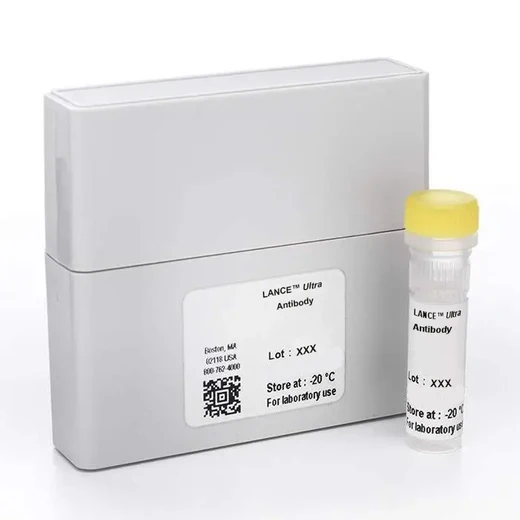
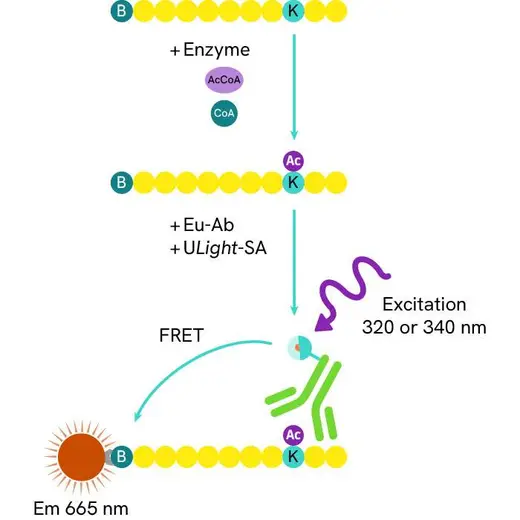


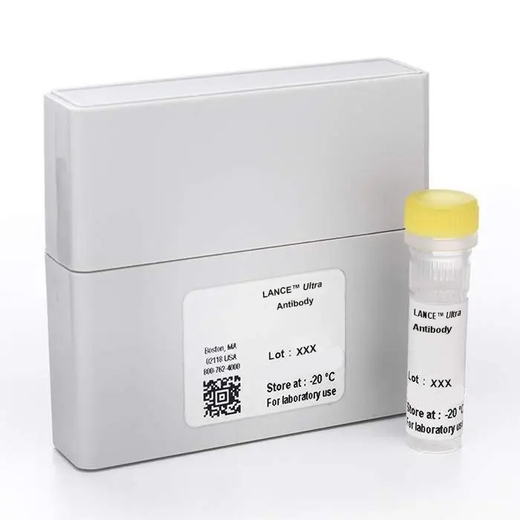
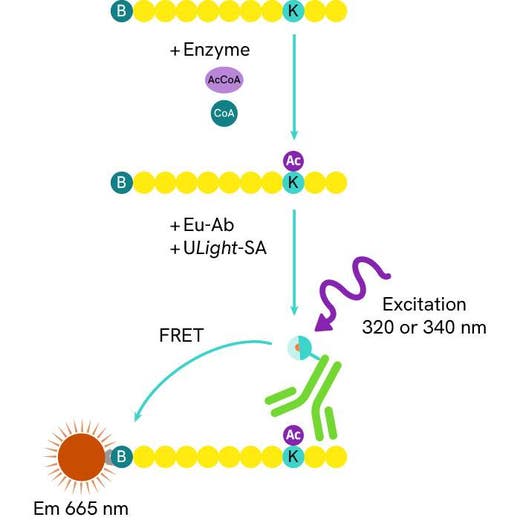


Europium-labeled rabbit monoclonal antibody recognizing human eukaryotic translation initiation factor 4E-binding protein 1 phosphorylated at Thr37 or Thr46. Sequence motif recognized: ST(pT)PGGTLFST(pT)PG
(mono-phosphorylated peptides at either residue will also be successfully recognized)
| Feature | Specification |
|---|---|
| Application | Biochemical Enzymatic Assay |
Europium-labeled rabbit monoclonal antibody recognizing human eukaryotic translation initiation factor 4E-binding protein 1 phosphorylated at Thr37 or Thr46. Sequence motif recognized: ST(pT)PGGTLFST(pT)PG
(mono-phosphorylated peptides at either residue will also be successfully recognized)




LANCE Ultra Anti-Phospho-4EBP1 (Thr37/46) Antibody, 15,625 Assay Points




LANCE Ultra Anti-Phospho-4EBP1 (Thr37/46) Antibody, 15,625 Assay Points




Product information
Overview
LANCE Ultra TR-FRET technology provides a two-component kinase assay that combines direct labeling of the kinase substrate with ULight™, an innovative emission dye for optimum binding efficiency, reducing steps and assay prep time. Validated for over 310 kinases, we provide data transparency by supplying:
- Test conditions: Rapid assay setup to move straight into optimized assay performance
- S:B data: Confidence in proven performance of the kinase on specific substrates; no guessing
- Phospho-motifs: Substrate sequences are provided
- Assay options: Multiple substrates are tested so you can select the best peptide sequence and S:B for your kinase
For this antibody
- 10 μg = 1,562 assay points
- 100 μg = 15,625 assay points
In LANCE Ultra kinase assays, the binding of a Eu-labeled anti-phosphosubstrate antibody to the phosphorylated ULight-labeled substrate brings donor and acceptor molecules into close proximity. After irradiation of the kinase reaction at 320 or 340 nm, the energy from the Eu donor is transferred to the ULight acceptor dye, which in turn generates light at 665 nm. The intensity of the light emission is proportional to the level of ULight-substrate phosphorylation.
Specifications
| Application |
Biochemical Enzymatic Assay
|
|---|---|
| Automation Compatible |
Yes
|
| Brand |
LANCE Ultra
|
| Conjugates |
Anti-phospho-4EBP1
|
| Detection Modality |
LANCE
|
| Fluorophore |
Eu-W1024
|
| Molecular Modification |
Phosphorylation
|
| Product Group |
Antibody
|
| Shipping Conditions |
Shipped in Blue Ice
|
| Target Class |
Kinase
|
| Technology |
TR-FRET
|
| Therapeutic Area |
Metabolic
|
| Unit Size |
100 µg
|
Resources
Are you looking for resources, click on the resource type to explore further.
Comprehensive Kinase and Antibody Selection for LANCE Ultra Assays
Our comprehensive guide helps you identify and utilize kinases...


How can we help you?
We are here to answer your questions.






























